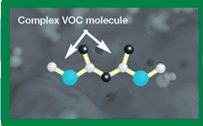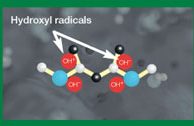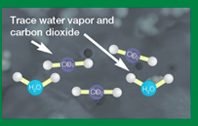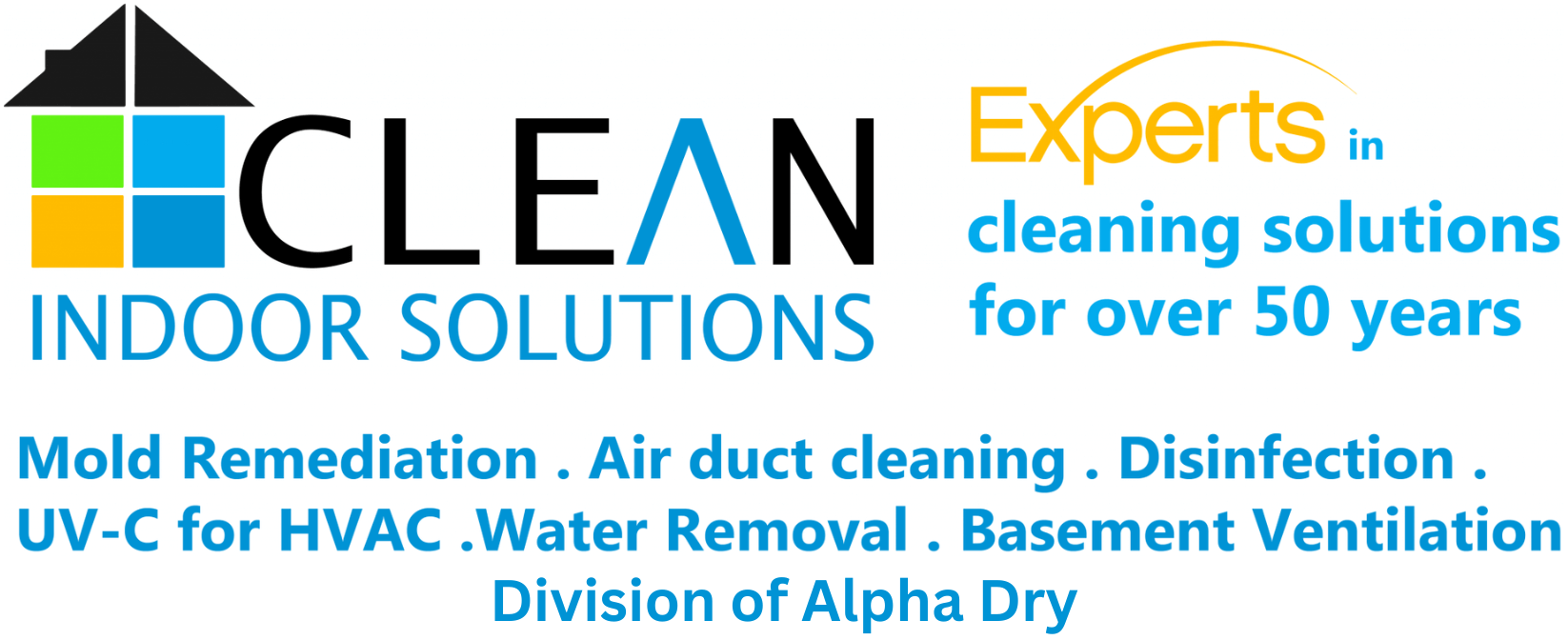

Reduce odors, VOCs, and airborne bacteria and viruses in your home
UVCatalyst™ uses activated carbon plus the natural power of UV light and an advanced photocatalytic oxidation (PCO) process to disinfect circulating HVAC air while capturing and breaking down molecules of toxic VOCs, common household odors, and pathogens / allergens. This is all accomplished without harmful chemicals, perfumes or ozone. Its three panels have 3X the activated carbon cells to provide unmatched air purifying power for whole house effectiveness, and it installs in any type of HVAC system.

UVCatalyst™ has 3X the air purification power
The UVCatalyst™, a captive technology PCO air purifier, uses three specially treated activated-carbon modules to clean the air. Each filter block is infused with titanium dioxide (TiO2) and silver (Ag) blend, that when powered by UV light, captures VOC odors and other organics and breaks them down into harmless components composed of mostly water vapor and CO2. These harmless components are then released back into the air, which effectively recharges the activated carbon. Silver ions are emitted which are germicidal to enhance pathogen reduction in the air and on surfaces. This self-cleaning process makes the system almost completely maintenance free. Changing the UV lamp annually (2 years maximum) of operation is all that is required.
With its high surface area, you can rest assured that the UVCatalyst PCO module is achieving maximum capture of airborne contaminants and household odors.

The UVCatalyst™ UV kills airborne germs and reduces HVAC mold
In addition to powering the PCO process for odor reduction, the UVCatalyst™ uses UV light to kill millions of airborne bacteria and viruses (including the flu virus). UV is a well-known disinfectant, used since the 1930s in hospitals, pharmacy and food industries as well as water treatment. It simply inactivates microscopic organisms, rendering them harmless. It leaves no by-products and uses no chemicals. UV is a component of sunlight—nature’s way controlling airborne microorganisms.
Add an extra UV lamp to prevent mold and other bio-growth on the HVAC cooling coil
The optional EZ-Light™ 6P remote UV lamp keeps mold from growing on the HVAC cooling coil, drain pan and other related parts. A clogged coil has an insulating effect and restricts air flow causing the HVAC system to work harder—wasting significant energy. In addition to keeping the coil continuously clean and your and your HVAC system at peak efficiency, the EZ-Light™ 6P when paired with the UVCatalyst enhances overall air stream disinfection power making the air even healthier. Read left column for more information about the EZ-Light™ 6P.
Expanding PCO Module
UVCatalyst installs folded for easy fit. Requires only 4.5 inch opening for installation. Panels fold in for installation or service.


Once installed, the UVCatalyst expands to capture 3X more contamination than other systems on the market.
PCO for Odors, Allergens and Germs
Ultravation® advanced photocatalytic oxidation (PCO) products work at the molecular level to break up common household odors as well as other organics including airborne viruses, bacteria and allergens. PCO purifiers are able to remove air contamination far smaller than can be filtered, so they are perfect to round out a complete indoor air quality system.

How PCO works
Mechanical ventilation is the best answer for crawlspaces. Why? If you try to control moisture in a cool space with humid air from the outside through open vents, you are at the mercy of weather and wind and often end up with a damp, moist, moldy environment. Passive vents are no longer recommended as building codes across the country are changing to include mechanical ventilation in closed crawlspaces as the solution to keeping a crawlspace healthy and dry.

The PCO process breaks up volatile organic compounds or VOCs which are the source of most household odors. When titanium dioxide is exposed to UV light the odor reduction begins.
Hydroxyl radicals are short-lived ions created in the PCO reaction. They in turn react with contamination, breaking it up.


The remaining components recombine to form simplified molecules, mostly water vapor and CO2 and the result is odor-free and healthier air.
Frequently Asked Questions about UV-C HVAC System
For optimum mold reduction, install a single or two lamp system as required to allow for proper exposure of HVAC components.
A UV system installed on the return will optimize airstream disinfection and inhibit biological contamination in the HVAC unit.
Installing a UV system on moist HVAC components prevents mold. The addition of a system in the return air duct optimizes airstream disinfection.
Clean Indoor Solutions have HVAC trained professional install a UV air disinfection system, to assure you of optimum performance.
1-year Replacement: Residential UVC lamps should be replaced every 9000 hours or approximately every 12 months. For people with respiratory conditions or other acute sensitivities, we strongly recommend keeping to an annual lamp replacement schedule.
2-year Replacement: If your UVC lamp is strictly used for keeping coils clean on your HVAC unit, you can save money and the environment when you use your lamps for their maximum two-year life span. UV lamps should then be exchanged after a maximum two year installation period.
UV lamps running beyond three years may contribute to excessive power consumption of the ballast which can cause overheating of the power supply and lamp, further deteriorating the effectiveness of the product and/or cause system failure. If the UV lamps are not to be replaced within a three year period, turn off or otherwise disconnect power from the system until new lamps can be installed.
Ultraviolet lamps are comprised of two electrode filaments (the spring looking wire at each end), a glass and quartz combination vacuum tube, several inert gases and approximately 3 mg of mercury (Hg).
These specialty lamps are designed to provide light energy in the germicidal spectrum of 254 nm (nanometer = one billionth of a meter). As they operate, they slowly lose their germicidal effectiveness, about 15% per year. If the UV system is installed for the sole purpose of protecting HVAC equipment such as coils and blowers—surfaces that stay consistently in the range of the UV lamps, then the UV lamps will be effective for about 18,000 hours or two years.
If the primary operation of the UV system is to aid in the reduction of indoor air contamination, then the recommended lamp replacement interval should be one year. This will ensure needed higher energy levels are maintained to aid in the reduction of moving (airborne) microorganisms circulating through the HVAC system.
UV lamps should then be exchanged after a maximum two year installation period for several reasons, including:
The disinfection effectiveness will be significantly compromised and the system will not be able to generate UV-C light as specified. Note that even though a visible blue glow can see though the system viewport, the glow is not UV light (which is invisible) but actually a by-product of the operation.
UVCATALYST Solutions
- Allergies
- Odors
- Bacteria and viruses
- Mold
- Dust
- Respiratory conditions
Plant based products can be use around children and pets
Prove results with our highly-effective treatments
No obligation property consultation
EPA guideline practices
Expertly-trained representatives
Who We Serve
- Home Owners
- Real Estate
- Property Managers
- Environmental Specialists
- Home Inspectors
- Healthcare Professionals
- Home Owners
- Real Estate
- Property Managers
- Environmental Specialists
- Home Inspectors
- Healthcare Professionals
